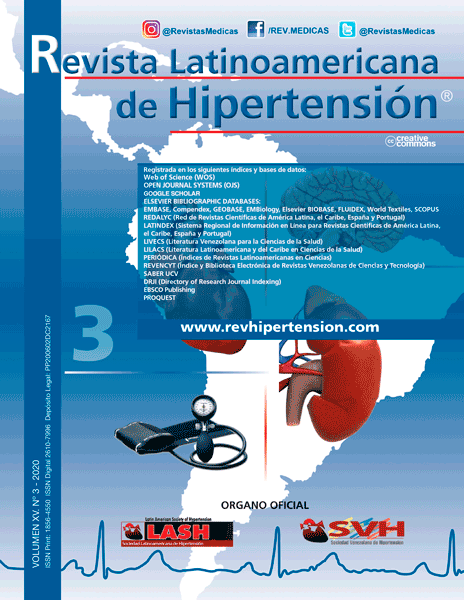Investigating the relationship between DMFT index of pregnant women and neonates’ low birth weight in Hamadan in 2016
Keywords:
DMFT Index, pregnancy, LBW, dental decaysAbstract
Introduction: Low birth weight (LBW), defined as a weight less than 2500 g, is strongly associated with a neonatal mortality. Many studies show a positive association between periodontal disease of pregnant mothers and LBW, but few studies have been conducted on the relationship between the dental decays and the LBW. Thus, due to the lack of information in this field, the present study was conducted to evaluate the relationship between DMFT index of the pregnant women in Hamadan and neonates’ LBW.
Materials and Methods: This case-control study was conducted on the pregnant women of Hamadan in 2016. The experimental group consisted of 114 pregnant mothers who had normal vaginal delivery and their neonates’ birth weight was less than 2500 g. The control group consisted of 147 pregnant mothers who had normal vaginal delivery and their neonates’ birth weight was over 2500 g. The data were collected based on an interview and examination. The data collection tool was a questionnaire consisting of two sections, including demographic characteristics and dental information. The data were analyzed using descriptive and analytical statistics with SPSS version16 software and P <0.05 was considered as the significance level.
Results: The results showed that the mothers in the experimental and control groups were significantly different in terms of DMFT index (P=0.003). The mean of DMFT index in the experimental and control groups were 13.03 and 10.66, respectively. This difference was statistically significant. The correlation coefficient revealed no significant relationship between DMFT index and the neonatal weight in the control group (p=0.532).
Conclusion: According to the results of the present study, there is a positive relationship between the dental decays of the pregnant women and the neonates’ LBW. To prevent neonates’ LBW, the public health providers and mass media should provide essential oral hygiene promoting and maintaining programs for pregnant women. Also, due to limited number of studies in this area, further studies in different populations and races seem to be necessary.

